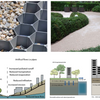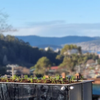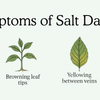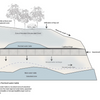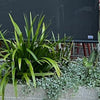Is Salinity an Issue in Wicking?
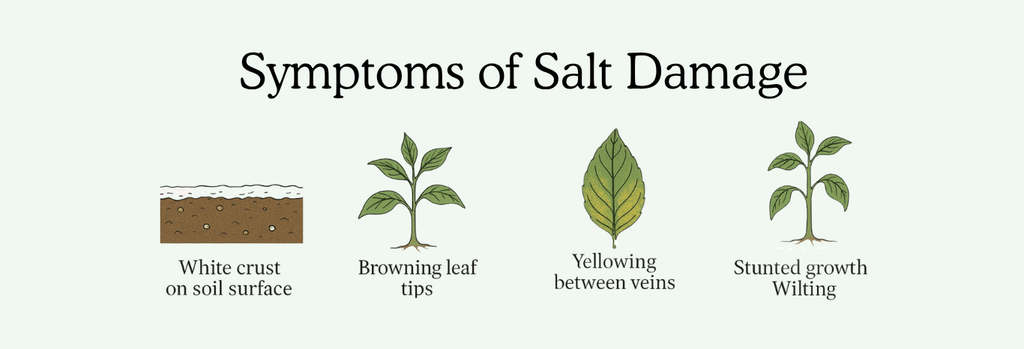
Soil Types and Salt Accumulation in Wicking Beds: Myth or Reality?
Wicking beds have transformed water-efficient gardening, offering a self-watering garden system that promotes strong plant growth while drastically reducing water use. However, one question that often arises in sustainable gardening forums is whether salt buildup in wicking beds is a genuine problem, particularly when it comes to different soil types for wicking beds. At WaterUps, we’ve explored this concern closely, and what we’ve found may surprise you
Understanding Wicking Beds
A wicking garden bed works by drawing water upward from a reservoir at the base through capillary action, keeping the root zone consistently moist. This process helps reduce watering frequency and supports healthier, deeper root growth. The system is especially effective in dry or drought-prone climates and for gardeners wanting to conserve water while maintaining lush growth.
The Salt Accumulation Concern
The theory goes like this: as water wicks upward through the soil, it can carry dissolved salts with it. Over time, these salts may accumulate near the root zone, potentially harming plants. This concern is often linked to:
-
Salty or poor-quality irrigation water (for example, bore water with high salinity)
-
Fertiliser overuse
-
Unsuitable or compacted soil mixes
But is salt accumulation in wicking beds really a problem in practice?
What WaterUps Has Found
At WaterUps, we’ve monitored a wide range of wicking bed installations across different climates, soil types, and water sources. To date, we have not seen any significant soil salinity issues in our systems. Here’s why:
-
Proper Soil Mix: Our recommended wicking bed soil blend promotes good drainage and aeration, preventing salt buildup.
-
Efficient Water Use: Wicking beds reduce surface evaporation, which is a major cause of salt concentration in conventional raised beds.
-
Balanced Fertiliser Use: When organic or slow-release fertilisers are applied correctly, they are efficiently absorbed by plants.
-
Clean Water Sources: Most users fill their beds with rainwater or tap water, which have very low salt levels.
Water Quality and Soil Salinity
While salt buildup hasn’t been observed in WaterUps wicking systems, it’s still important to understand how water quality can influence soil salinity in any garden setup:
-
Bore Water
Often contains high levels of dissolved minerals like sodium, calcium, and magnesium. Regular use without testing can lead to soil salinisation. -
Greywater
Recycled household water (from showers, laundry, etc.) may contain detergents and salts. Without proper filtration, it can increase salt levels in garden soil. -
Hard Water
Water with high mineral content can contribute to salt buildup if not managed or flushed periodically. -
Saline Irrigation Water
Common in coastal regions or areas with saline groundwater, where saltwater intrusion can affect garden performance. -
Fertiliser-Enhanced Water
Adding liquid fertilisers to irrigation water can raise salt levels if overused or not properly diluted.
Best Practice: Use rainwater or fresh tap water wherever possible. If you rely on bore or greywater, test the salinity regularly and occasionally flush the system with clean water.
Soil Types and Their Role in Wicking Beds
Different soil textures influence how water and nutrients move through a wicking system:
-
Sandy Soil: Drains quickly but wicks poorly.
-
Clay Soil: Holds water well but restricts airflow and drainage.
-
Loam Soil: The ideal balance that offers excellent water retention and aeration.
WaterUps recommends a custom blend of compost, coir, and loam for optimal wicking performance, ensuring healthy root growth while minimising compaction and salt accumulation.
Recognising Salt Build-Up in Wicking Beds
Although uncommon, it’s helpful to recognise early signs of salt stress in plants:
-
White, crusty residue on the soil surface (salt crystals)
-
Browning or burnt leaf tips
-
Yellowing leaves or stunted growth despite moist soil
-
Wilting seedlings or poor germination
These symptoms usually occur when using saline water or excess fertiliser.
The Role of Fertilisers in Soil Salinity
Fertilisers, especially synthetic or chemical fertilisers, are composed of mineral salts that deliver nutrients in soluble form. Overuse can cause salt accumulation, disrupting plant water uptake, damaging roots, and degrading soil structure.
To maintain a healthy soil ecosystem, use organic fertilisers, apply them sparingly, and water deeply after application.
We’ll explore how fertilisers affect soil salinity and ways to manage them in our next blog post.
Conclusion: Myth Busted?
While salt accumulation is a theoretical risk in any irrigated garden system, it hasn’t been a real-world problem in WaterUps wicking beds. With the right soil composition, clean water, and responsible fertiliser use, gardeners can enjoy thriving plants without worrying about salt toxicity.
If you’re using a WaterUps wicking bed system and have questions about soil health, salinity, or irrigation water quality, our team is here to help.
Let’s keep growing, sustainably, efficiently, and salt-free.




